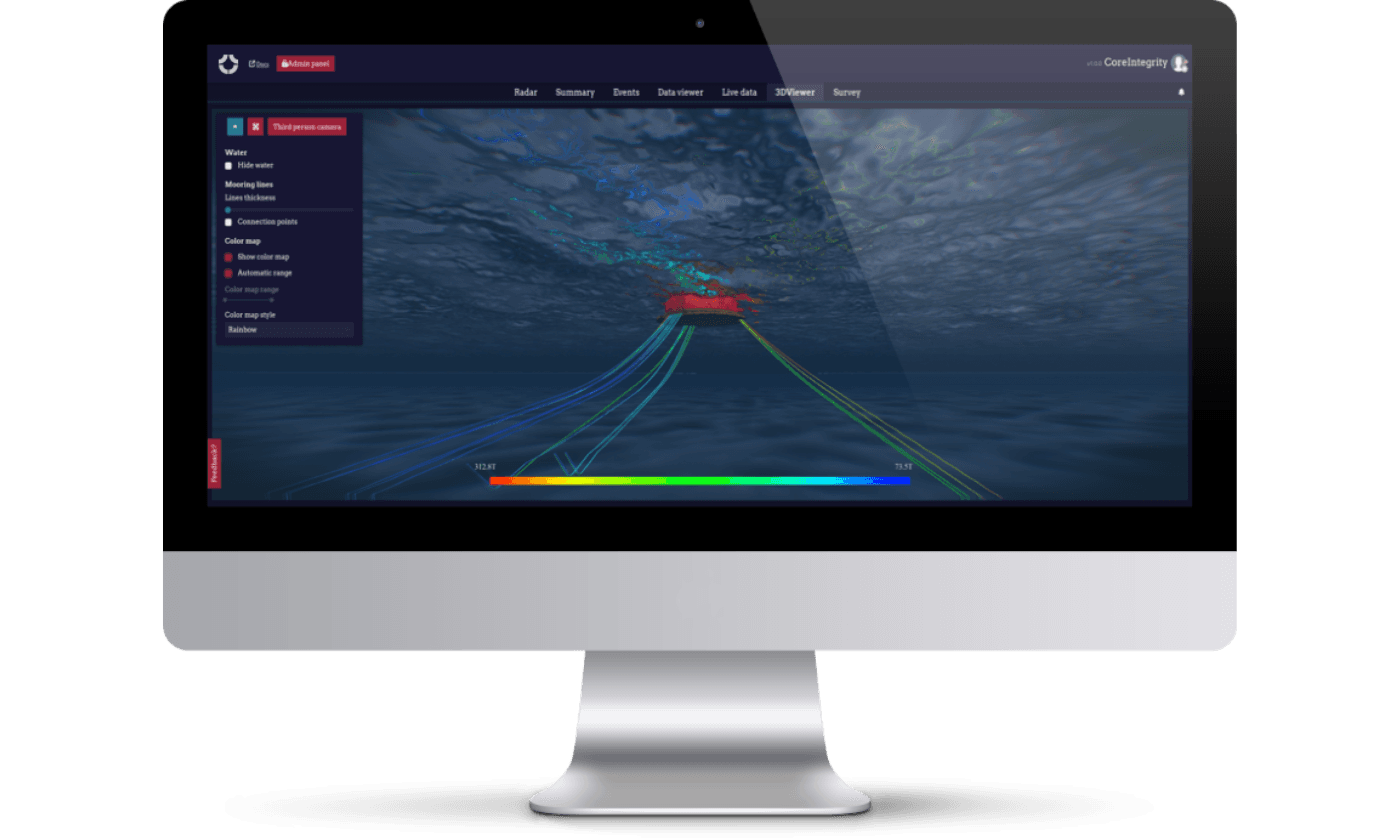Mooring line failure is a critical challenge in offshore operations. A failure can impact any kind of moored asset, whether that be a floating production system (FPS), floating wind turbine, vessel moorings or more, across coastlines and seas, irrespective of water depth or weather.
Designed for 20 to 30 years, mooring systems often face integrity issues and risk breakdowns. Let’s delve into the causes, effects, and ways to prevent mooring line failures, arming offshore operators with crucial knowledge.
Catching the failure
Mooring line failure happens when parts of a vessel’s anchoring setup break or falter. This is a risk in both mild and harsh sea conditions, and the impacts can be high stakes in terms of life, the environment, and damage to assets.
These 10 factors contribute to mooring line failure:
- Wear: Lines rub against other parts like links or fairleaders.
- Fatigue damage: Repeated stress leads to cracks and splits.
- Abrasion: Contact with rough seabed sediments.
- Corrosion: Chemical reactions worsen by marine life growth.
- Physical damage: Incidents during setup, check-ups, or accidents.
- Material flaws: Impurities or poor build weaken the system.
- Excessive tension: Due to harsh weather or extreme burdens.
- Environmental stress: High winds affecting large vessels.
- Operational blunders: Not disconnecting in wild weather.
- Location challenges: Regional issues, e.g., fast corrosion in places like West Africa and Brazil.
The Aftermath
The impact of mooring line failure can be catastrophic, including:
- Asset damage,
- Halt in production,
- Environmental harm, and
- Risk to human life.
Examples of significant failures
Mooring line mishaps are alarmingly frequent. A study of 33 floating production storage and offloading units (FPSOs) revealed 150 mooring line repairs or replacements over a decade.
Some notable examples include the Gryphon Alpha FPSO (2011), which lost major lines in a North Sea storm costing $1.8 billion, and the Girassol CALM buoy which failed due to undue bending.
The Path to Prevention
Mitigating these risks requires a focused mooring integrity management (MIM) approach. Key measures include:
- Continuous monitoring and risk-based inspections:
- Spot weak or hurt parts,
- Use models to flag high-risk pieces, and
- Gauge asset lifespan from evaluations.
- Ready to act:
- Draft repair strategies, and
- Round up needed tools and spares.
- Record-keeping and upkeep:
- Organize teams for regular checks, and
- Apply planned repairs swiftly.
- Rules and safety:
- Maintain baseline data and certifications,
- Display thorough check and upkeep plans, and
- Track critical parts needing close watching.
Summary
Though the stakes are high when mooring lines fail, mooring failure is not a given. By knowing the causes, gauging the impacts, and enforcing sturdy MIM plans, the risks can be mitigated. Outfitting with regular checks, good upkeep, and a readiness for unexpected failures secures the safety, efficiency, and lifespan of offshore assets.
CoreMarine is a global mooring line expert – reach out if you’d like to learn more about developing your MIM approach, using our own CoreIntegrity software system.

